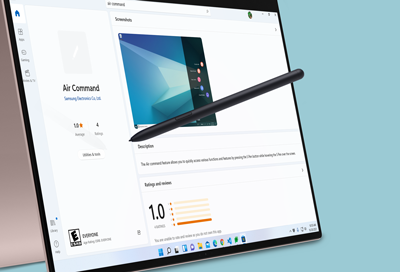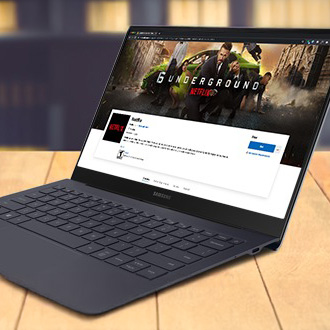Display is blocky, fuzzy, or does not fill the screen on Samsung PC

Display is blocky, fuzzy, or does not fill the screen on Samsung PC
Open Display settings.
Change to the Recommended resolution.
Select the Display resolution drop-down menu, and select the entry that is labeled as Recommended. The recommended resolution will vary between models. Select Keep changes on the popup.

Update the display driver.
It's possible that if the display driver is not updated, the options shown in Display settings may not match your monitor. Updating the drivers for your Samsung PC can be done through either Samsung Update, the manufacturer’s website, or Windows Update.
Samsung Update: Select Start, and then select Samsung Update. You may need to enter your PC’s model number in the Search bar, and then choose the appropriate software version. Select the graphics drivers, and then select Install.
Manufacturer’s website: Press the Windows and X keys, and then select Device Manager. Expand the Display adapters section to check the manufacturer of the graphics card, and then visit the manufacturer’s website to update or download the drivers for your PC: Nvidia, AMD, or Intel.
Windows Update: Select Start, then select Settings, and then select Update & Security or Windows Update. Select Check for updates. In some cases, drivers may be considered an optional update, but it is recommended to install them.
Once the driver is updated, the correct options available for the monitor and correct recommendation should be selectable in Display settings.
Confirm the black area is not the bezel.
The laptop screen on most models typically has a black outline between the maximum size of the screen and the physical edge of the laptop. This area is called the bezel. When the screen is also black on the edges, it can be hard to tell where the screen ends and the bezel begins. Alternatively, if the screen is already going to the edge, but the bezel is black, the bezel can look like a part of the screen isn't being used.
In this image, the bezel is a gray color, and the area that could be used by the screen is in black. If there is a black space between the bezel and the edge of the picture, then your screen is not filling the available space.

Repeat the previous steps.



Contact Samsung Support



